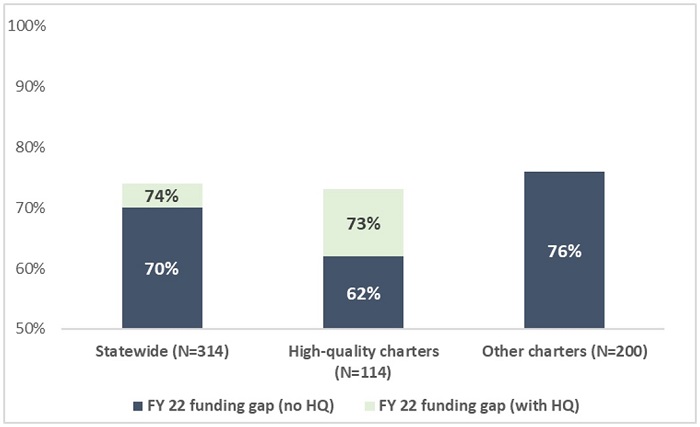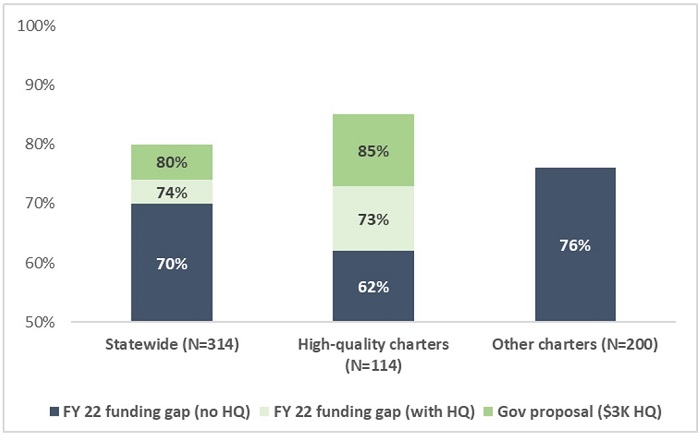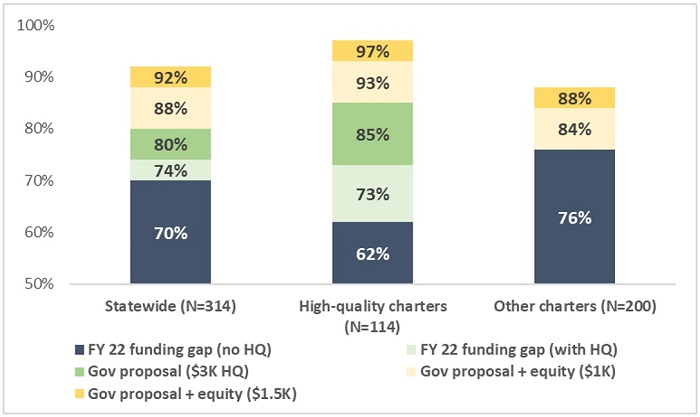Happening now in Ohio charter schools
Par Excellence Academy in Newark serves primarily students with developmental issues, including those on the autism spectrum. Officials believe that the human-looking robots like Milo, featured in this interesting profile, would benefit their students in multiple ways. Not only in learning coding and programming, but also in decoding human facial and body cues in a non-judgmental space. Awesome! And at Shepard School in Columbus, officials invited students and their families to a children’s firearms safety class presented by the Onyx Gun Club, a chapter of the National African American Gun Association which stresses that guns are tools and can be safely stored and handled with proper training.
Meanwhile, in Dayton
There is a lot to unpack in the latest public dust up between Dayton City Schools and the Regional Transit Authority over transporting high school students, including discussion of bus safety, old contract problems, and whose responsibility it is to get kids to school. But the bottom line is that both entities are saying that they cannot possibly transport all the students who need it, specifically pointing out the “difficulty” of those families choosing charter and private schools. No matter, it seems, how much money is available to do the job.
Speaking of charter funding in Ohio
Fordham’s Aaron Churchill, one of the foremost experts on school funding in the Buckeye State, published a new analysis this week looking at the funding gap between charters and traditional district schools. Despite some recent efforts to narrow the gap, Churchill notes the work still to be done and proposes a new “charter equity supplement.”
The national view
A new report from the Government Accountability Office extends a previous analysis of federal Charter Schools Program (CSP) grants, reiterating that schools which received grants stayed open longer than those that didn’t, and adding the new observation that CSP-receiving schools also had higher enrollment than non-CSP peer schools. You can check out the new report here.
Oklahoma update
Two weeks ago, we discussed the possibility that an online charter school, sponsored by the Archdiocese of Oklahoma City and the Diocese of Tulsa, might be approved to operate in the Sooner State. We also noted that there were a lot of potential issues that might intercede between now and its projected fall 2024 opening. The first—and probably—biggest of those possible roadblocks materialized this week in the form of an opinion issued by new state Attorney General Gentner Drummond which argued, among other points, that his predecessor erred in his assessment that such an arrangement would meet Constitutional muster and that approving a Catholic-sponsored charter would open the door to charters sponsored by any and all other religions. No word yet on next steps proposed by school or diocesan officials.
*****
Did you know you can have every edition of the Ohio Charter News Weekly sent directly to your Inbox? Subscribe by clicking here.












